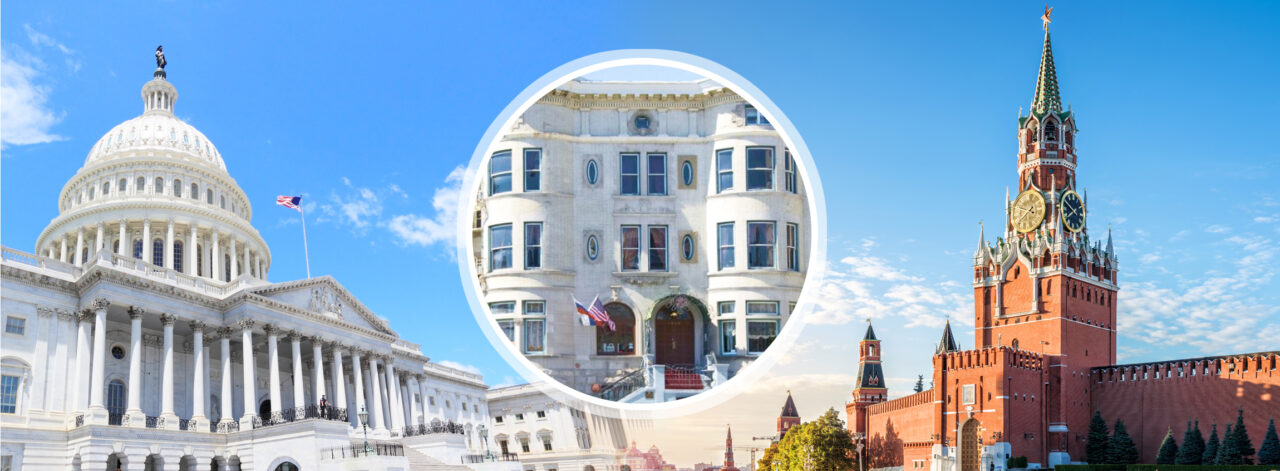It became quite popular last year to question emerging markets in general and the Brics in particular. Analysts started to doubt the sustainability of their economic models following a deceleration in growth rates, even though the source of the problem was primarily to be found in developed economies.
This was perhaps a macro version of the irrational financial "flight to safety” that characterised most of 2011.
Emerging markets are, after all, growing almost four times faster than developed markets and have more than three times lower public debt levels while inflation is close to all time lows. Moreover, EMs are an increasingly important engine for world trade and now export as much among themselves as they do to DMs. The World Bank writes in its latest outlook that EM imports rose by 5.4 per cent last year whereas global trade only grew 3.5 per cent.
Bond investors did not pay too much attention to the bears though, and we saw the beginning of the reversal of the flight to safety as investors piled into EM bonds. The combination of bubble risks in EM bonds, reduced global tail risks and massive central bank stimulus should push investors back into EM equities and thus fully reverse the so called flight to safety. And this should be most evident in markets like Russia that are perceived as risky and are dependent on foreign capital.
Russian equities underperformed last year even though the economy proved quite resilient to the global slump, oil prices stayed high and equities were extraordinarily cheap. There is a widespread notion that this underperformance was due to poor politics, an unattractive business climate and a flawed rule of law.
It is true that there is a serious governance problem in Russia but it is arguably neither new nor necessarily that much worse than in the other Brics. China is certainly less democratic and both India and Brazil score worse in the World Bank’s ease of doing business ranking. Most emerging markets have serious problems with corruption although analysts tend to put too much emphasis on perception surveys. An alternative explanation for the underperformance of Russian equities is related to global risk appetite and the concern about tail risks, which then might have been exacerbated by domestic developments.
The Russian equity market performed nicely in the first and third quarter as well as in December when risk appetite was falling – but fell sharply in between when the focus was on risks in the eurozone and the US. The RTS index ended 2012 with a moderate 10.5 per cent gain. The reason behind these gyrations is that the Russian market has a closely inverted correlation to volatility (see chart below). The correlation is true for EM equities in general, but Russia is an extreme case.

Resilient growth, excellent public finances, high oil prices, attractive valuations and concrete triggers such as WTO accession and increased dividend payments were not enough to revalue the Russian market in 2012. The prospects for 2013 look brighter – not because things are changing in Russia, which they might do as well, but because the US has not fallen off the cliff and Greece has not left the eurozone.
Marcus Svedberg is chief economist at East Capital



_jpg/250px-ElbeDay1945_(NARA_ww2-121).jpg)







